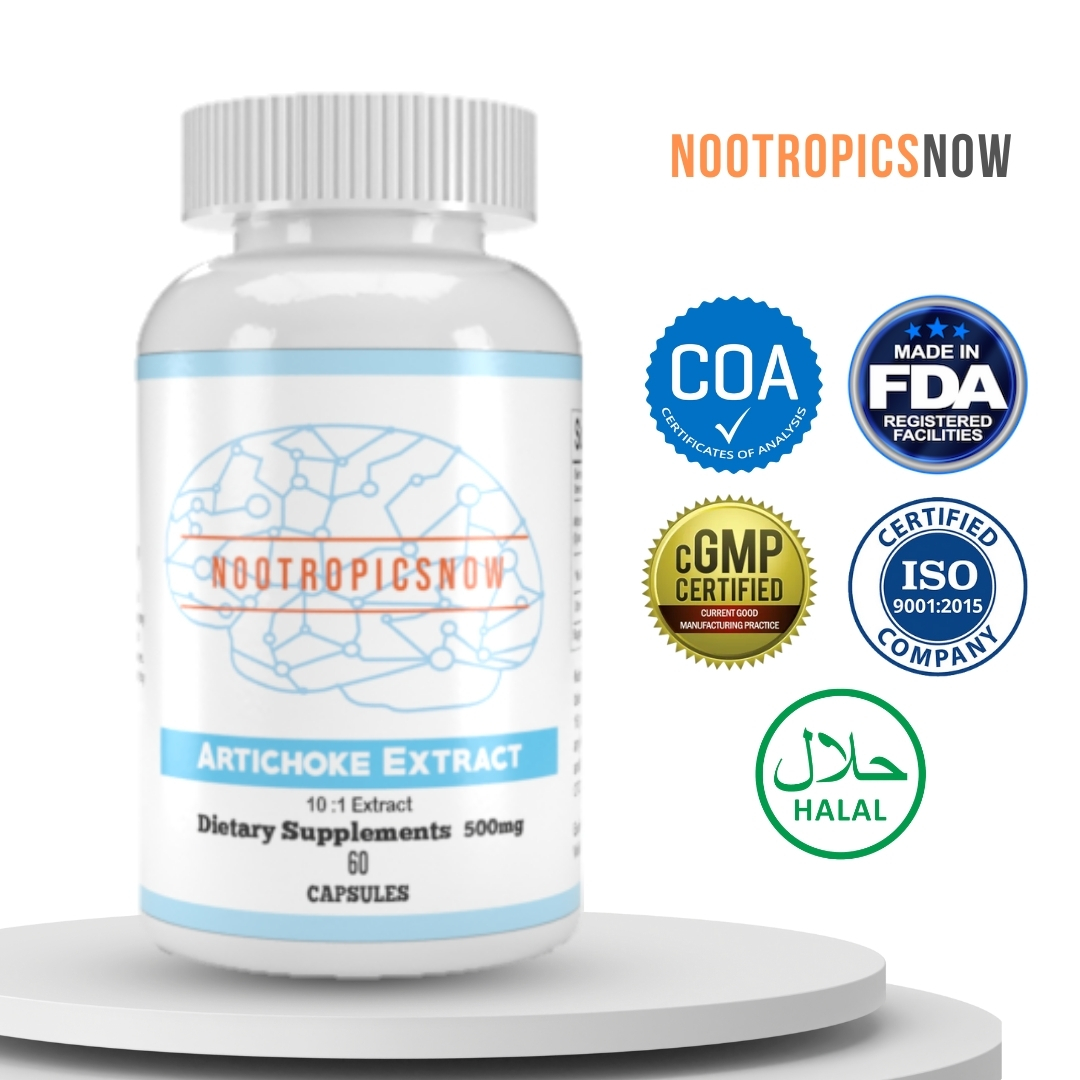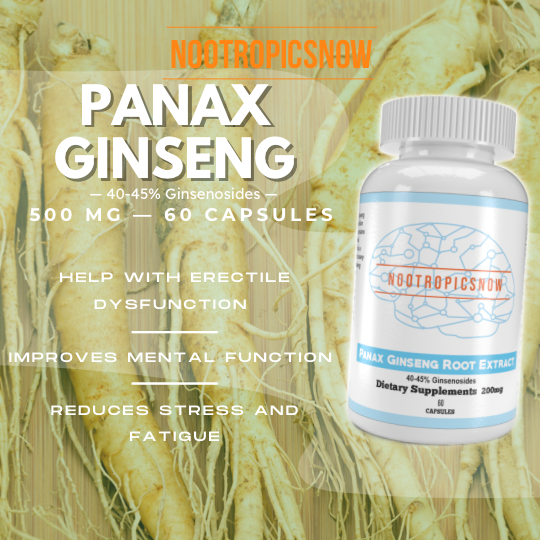Atomoxetine Dosage: Guide & Side Effects

Dose of Atomoxetine: A Comprehensive Guide

Atomoxetine, widely recognized under the brand name Strattera, is a non-stimulant medication primarily prescribed for the treatment of Attention Deficit Hyperactivity Disorder (ADHD). Unlike stimulant medications, atomoxetine functions by selectively inhibiting the reuptake of norepinephrine in the brain. Thus, it increases norepinephrine levels, improving attention span and reducing hyperactivity and impulsivity in individuals with ADHD. The precise dose of atomoxetine will vary based on factors such as age, weight, liver function, and any concomitant medications[1][3].
Understanding Atomoxetine’s Mechanism of Action
Norepinephrine, a neurotransmitter, plays a crucial role in attention, focus, and impulse control. Atomoxetine specifically targets the norepinephrine transporter, preventing the reabsorption of norepinephrine back into the nerve cells. This action prolongs the availability of norepinephrine in the synaptic cleft, leading to enhanced neurotransmission. By increasing the concentration of norepinephrine, atomoxetine aims to improve attention span, reduce hyperactivity, and decrease impulsivity in individuals with ADHD.
To potentially enhance focus and cognitive function, consider exploring options like Alpha-GPC.
View Product
Initial Adult Dosage Guidelines
For adult patients commencing atomoxetine treatment, a typical initial dose is generally around 40 mg daily. This initial dose serves as a starting point, allowing the body to adjust to the medication and minimizing the potential for adverse effects. Healthcare providers often initiate treatment at a lower dose to assess tolerance and response to the medication.
Titration to Maintenance Dose
After a minimum of three days on the initial 40 mg dose, the dosage can be gradually increased to the maintenance level, usually around 80 mg per day. This gradual titration process allows the body to adapt to the medication. The increase in dosage should only occur if the initial dose is well-tolerated and the individual experiences no significant adverse effects. This careful adjustment ensures the medication is effective while minimizing potential side effects.
Maximum Daily Dose Considerations
While the maintenance dose is typically around 80 mg per day, some individuals may require a higher dose to achieve optimal symptom control. In such cases, a healthcare provider may consider increasing the dose up to a maximum of 100 mg per day. However, it is crucial to note that dosage adjustments should only occur after at least 2 to 4 weeks on the maintenance dose. Furthermore, decisions about dosage adjustments must always be made under the guidance and supervision of a healthcare professional to ensure safety and efficacy.
Pediatric Dosage: Weight-Based Calculations
In children and adolescents aged 6 years and older, the dosage of atomoxetine is usually determined based on body weight. This is to ensure that the child receives the appropriate amount of medication for optimal results. Children are not simply small adults.
Children Weighing 70 kg or Less
For children weighing 70 kg or less, the initial dose is generally 0.5 mg per kilogram of body weight per day. Like adults, this initial dose helps the child adjust to the medication and minimizes potential side effects. After a minimum of three days on the initial dose, the dosage can be increased to 1.2 mg per kilogram of body weight per day. However, the maximum recommended daily dose should not exceed 1.4 mg per kilogram or 100 mg, whichever is less. The actual dose should be prescribed by a licensed medical doctor.
Children Weighing Over 70 kg
For children weighing over 70 kg, the dosing recommendations are similar to those for adults. The initial dose is typically 40 mg per day, which can be increased to 80 mg per day after at least three days. If necessary, the dose can be further increased to a maximum of 100 mg per day after 2 to 4 weeks, under the supervision of a healthcare provider.
Dosage Adjustments for Hepatic Impairment
Individuals with hepatic impairment (liver dysfunction) may require dose adjustments of atomoxetine to prevent potential accumulation and adverse effects. The severity of liver impairment will dictate the degree of dosage reduction.
To support liver health, consider exploring artichoke extract supplements:

View Product
Moderate Hepatic Impairment
In patients with moderate hepatic impairment (Child-Pugh Class B), the recommended starting dose is 50% of the usual dose. Therefore, if the standard initial dose is 40 mg per day, the initial dose for individuals with moderate hepatic impairment would be 20 mg per day. Dosage adjustments beyond this should be made cautiously and under the guidance of a healthcare professional.
Severe Hepatic Impairment
For patients with severe hepatic impairment (Child-Pugh Class C), a more significant dose reduction is usually necessary. Healthcare providers may recommend a starting dose that is only 25% of the usual dose. Therefore, if the standard initial dose is 40 mg per day, the initial dose for individuals with severe hepatic impairment would be 10 mg per day. Again, careful monitoring and adjustment of the dose are crucial in these patients.
Influence of CYP2D6 Genotype on Dosing
The CYP2D6 enzyme plays a significant role in the metabolism of atomoxetine. Genetic variations in the CYP2D6 gene can influence the rate at which individuals metabolize atomoxetine. Individuals who are “poor metabolizers” of CYP2D6 may have higher concentrations of atomoxetine in their bloodstream compared to those who are “extensive metabolizers.”
Poor Metabolizers
Poor metabolizers of CYP2D6 may require lower doses of atomoxetine to achieve the desired therapeutic effect and minimize the risk of side effects. Healthcare providers may consider reducing the initial dose by 50% in individuals known to be poor metabolizers. In these cases, increased monitoring is important.
Extensive Metabolizers
Extensive metabolizers of CYP2D6 typically metabolize atomoxetine at a normal rate. Therefore, they usually do not require any initial dose adjustments based on their CYP2D6 genotype. However, monitoring the patient’s response to the medication and adjusting the dose as needed is still important.
Contraindications and Drug Interactions
Atomoxetine is contraindicated in individuals with certain medical conditions or those taking specific medications. Careful consideration should be given to potential drug interactions to prevent adverse effects.
MAO Inhibitors
Atomoxetine should not be taken with or within 14 days of discontinuing a monoamine oxidase (MAO) inhibitor. MAO inhibitors are a class of antidepressant medications that can interact dangerously with atomoxetine, leading to potentially life-threatening side effects such as hypertensive crisis or serotonin syndrome.
Narrow-Angle Glaucoma
Atomoxetine should be used with caution in individuals with narrow-angle glaucoma, as it may increase the risk of angle closure.
Severe Cardiovascular Disorders
Patients with severe cardiovascular disorders, such as uncontrolled hypertension, advanced arteriosclerosis, or symptomatic cardiovascular disease, should generally avoid atomoxetine due to the potential for cardiovascular effects.
Available Dosage Forms and Strengths
Atomoxetine is available in capsule form and comes in a range of strengths, including:
These various strengths allow healthcare providers to tailor the dosage to the individual patient’s needs.
Administration Instructions
Atomoxetine capsules should be swallowed whole with a full glass of water. Patients should avoid crushing, chewing, or opening the capsules, as this can affect the medication’s release and absorption. Atomoxetine can be taken with or without food. This means you do not need to eat when you take it.
Dosing Frequency: Once Daily or Divided Doses
Atomoxetine can be administered either once daily or in divided doses. The dosing frequency will often depend on individual factors such as tolerance, symptom control, and the presence of any side effects. Some individuals may find that taking the entire dose once daily in the morning works best for them. Others may prefer to divide the dose into two administrations, one in the morning and another in the late afternoon or early evening. Spreading the dose this way can help maintain more consistent symptom control throughout the day.
Monitoring: Efficacy and Adverse Effects
Regular monitoring by a healthcare provider is essential during atomoxetine treatment. Monitoring should focus on both the efficacy of the medication in controlling ADHD symptoms and the presence of any potential adverse effects.
Blood Pressure and Heart Rate
Atomoxetine can sometimes increase blood pressure and heart rate. Healthcare providers should periodically monitor blood pressure and heart rate during treatment, especially in individuals with pre-existing cardiovascular conditions.
Growth Monitoring in Children
In children and adolescents, atomoxetine may sometimes affect growth. Healthcare providers should monitor height and weight during treatment to ensure that growth is progressing appropriately. This will allow them to act quickly if there are issues with growth.
Mental Health and Suicidal Thoughts
In rare cases, atomoxetine has been associated with an increased risk of suicidal thoughts or behavior, particularly in children and adolescents. Healthcare providers should closely monitor patients for any changes in mood, behavior, or thoughts of self-harm. Caregivers and family members should also be educated about the signs and symptoms of suicidal ideation and instructed to seek immediate medical attention if they notice any concerning changes.
To support overall mental well-being, consider St. John’s Wort:
View Product-Memory-Booster-mood-Depression-i.202321183.3488056362)
Common Side Effects
Like all medications, atomoxetine can cause side effects in some individuals. Common side effects may include:
Most of these side effects are usually mild and transient, resolving within a few days or weeks of starting treatment. However, if any side effects become bothersome or persistent, patients should notify their healthcare provider.
Rare but Serious Side Effects
In rare cases, atomoxetine can cause more serious side effects, such as:
Patients should seek immediate medical attention if they experience any signs or symptoms of these serious side effects.
Conclusion
Atomoxetine is a non-stimulant medication that provides an effective treatment option for ADHD. Proper dosing and administration are essential for maximizing its therapeutic benefits while minimizing potential risks. Dosage adjustments should be individualized and made under the guidance of a healthcare professional, taking into account factors such as age, weight, liver function, CYP2D6 genotype, and potential drug interactions. Regular monitoring is crucial to assess efficacy and identify any adverse effects. With careful management, atomoxetine can significantly improve attention, reduce hyperactivity, and decrease impulsivity in individuals with ADHD.
For a natural boost to focus and cognitive function, some people find Ginkgo Biloba helpful:
View Product
INTEGRATED ARTICLE SEGMENT:
Dose of Atomoxetine: A Comprehensive Guide
Atomoxetine, also known by its brand name Strattera, stands as a non-stimulant medication primarily prescribed for treating Attention Deficit Hyperactivity Disorder (ADHD). Unlike traditional stimulants, atomoxetine operates by selectively inhibiting the reuptake of norepinephrine in the brain, enhancing its availability in neural pathways. This mechanism helps to improve focus, attention span, and impulse control without the potential for abuse or dependence associated with stimulant medications.
Understanding Atomoxetine’s Mechanism of Action
Atomoxetine’s effectiveness lies in its ability to selectively target norepinephrine, a neurotransmitter crucial for regulating attention, focus, and impulse control. By preventing norepinephrine from being reabsorbed back into nerve cells, atomoxetine increases its concentration in the synaptic cleft, the space between nerve cells. This heightened norepinephrine availability enhances neurotransmission, leading to improved cognitive function and behavioral control. Consequently, individuals with ADHD experience reduced hyperactivity, impulsivity, and inattentiveness. Furthermore, atomoxetine’s non-stimulant nature provides a smoother, more sustained effect compared to stimulants, which can result in rapid onset and offset of effects.
It’s interesting to consider natural supplements that can also support cognitive function, such as:

View Product
Benefits of Atomoxetine over Stimulants
Several advantages distinguish atomoxetine from stimulant medications in the treatment of ADHD.
Determining the Correct Atomoxetine Dosage
Determining the appropriate dosage of atomoxetine is crucial for maximizing its therapeutic effects while minimizing potential side effects. Dosage recommendations vary based on age, weight, liver function, and individual response to the medication.
Adult Dosage Guidelines
For adults, the typical initial dosage of atomoxetine is 40 mg per day, administered orally. Healthcare professionals usually recommend initiating treatment at this dose and gradually increasing it based on the individual’s response and tolerance. After a minimum of three days at the initial dose, the dosage can be increased to 80 mg per day. Some patients may benefit from further dosage adjustments, up to a maximum of 100 mg per day, depending on their clinical response and tolerability. These adjustments typically occur after an additional two to four weeks of treatment.
Pediatric Dosage Guidelines
Dosage recommendations for children and adolescents are based on body weight.
Factors Influencing Dosage Adjustments
Several factors may necessitate adjustments to the standard dosage guidelines.
Administering Atomoxetine Effectively
Proper administration of atomoxetine is essential to ensure optimal absorption and effectiveness. Atomoxetine is available in capsule form, with various strengths ranging from 10 mg to 100 mg.
Best Practices for Administration
What to Do if a Dose is Missed
If a dose of atomoxetine is missed, it should be taken as soon as possible, unless it is close to the time for the next scheduled dose. In that case, the missed dose should be skipped, and the regular dosing schedule should be resumed. Doubling the dose to make up for a missed dose is not recommended, as this can increase the risk of side effects.
Managing Potential Side Effects
While atomoxetine is generally well-tolerated, some individuals may experience side effects. Common side effects include nausea, dry mouth, decreased appetite, constipation, dizziness, and fatigue.
Considering additional supplements to manage potential side effects or promote overall well-being could be beneficial. For example, for those experiencing fatigue:

View Product
Common Side Effects and Management Strategies
| Side Effect | Management Strategy |
|---|---|
| —————— | ———————————————————————————————————————— |
| Nausea | Taking atomoxetine with food, eating smaller meals more frequently, and using anti-nausea medications if necessary. |
| Dry Mouth | Sipping water frequently, chewing sugar-free gum, and using artificial saliva products. |
| Decreased Appetite | Eating nutrient-dense foods, consuming smaller meals more frequently, and consulting with a nutritionist if needed. |
| Constipation | Increasing fiber intake, drinking plenty of fluids, and using over-the-counter stool softeners if necessary. |
| Dizziness | Standing up slowly from a sitting or lying position, avoiding sudden movements, and ensuring adequate hydration. |
| Fatigue | Getting enough sleep, avoiding caffeine and alcohol, and engaging in regular physical activity. |
Serious Side Effects and When to Seek Medical Attention
In rare cases, atomoxetine can cause more serious side effects. These include:
If any of these serious side effects occur, it is crucial to seek immediate medical attention.
Monitoring Treatment Progress
Regular monitoring is essential to assess the effectiveness of atomoxetine treatment and adjust the dosage as needed. This typically involves regular check-ups with a healthcare provider, who will evaluate symptom control, assess side effects, and monitor overall progress.
Key Monitoring Parameters
Adjusting Dosage Based on Response
Based on the monitoring results, the healthcare provider may adjust the dosage of atomoxetine to optimize its effectiveness while minimizing side effects. Dosage adjustments should be made gradually, with careful consideration of the individual’s response and tolerability.
Atomoxetine and Other Medications
Atomoxetine can interact with several other medications, so it is crucial to inform the healthcare provider of all medications being taken, including prescription drugs, over-the-counter medications, and herbal supplements.
For people looking at supplement interactions, it’s worth looking at natural alternatives to albuterol, such as:

View Product
Potential Drug Interactions
Managing Drug Interactions
To minimize the risk of drug interactions, healthcare providers should carefully review all medications being taken by the individual and make dosage adjustments as needed.
Atomoxetine Use During Pregnancy and Breastfeeding
The safety of atomoxetine during pregnancy and breastfeeding is not fully established. Therefore, it should be used with caution in these situations.
Considerations for Pregnant Women
If a woman is pregnant or planning to become pregnant, she should discuss the risks and benefits of atomoxetine with her healthcare provider. In some cases, the benefits of continuing atomoxetine treatment during pregnancy may outweigh the potential risks.
Considerations for Breastfeeding Mothers
Atomoxetine can pass into breast milk, so breastfeeding is not recommended while taking this medication. If breastfeeding is necessary, alternative medications may be considered.
Conclusion
Atomoxetine stands as a valuable non-stimulant treatment option for ADHD, providing a safer alternative for individuals concerned about the risks associated with stimulants. By understanding the appropriate dosage guidelines, administration techniques, and potential side effects, patients and healthcare providers can collaborate to optimize treatment outcomes and enhance the quality of life for individuals managing ADHD. Regular monitoring and proactive management of side effects are essential to ensure the safe and effective use of atomoxetine. Always consult with a qualified healthcare professional for personalized guidance and treatment decisions.

